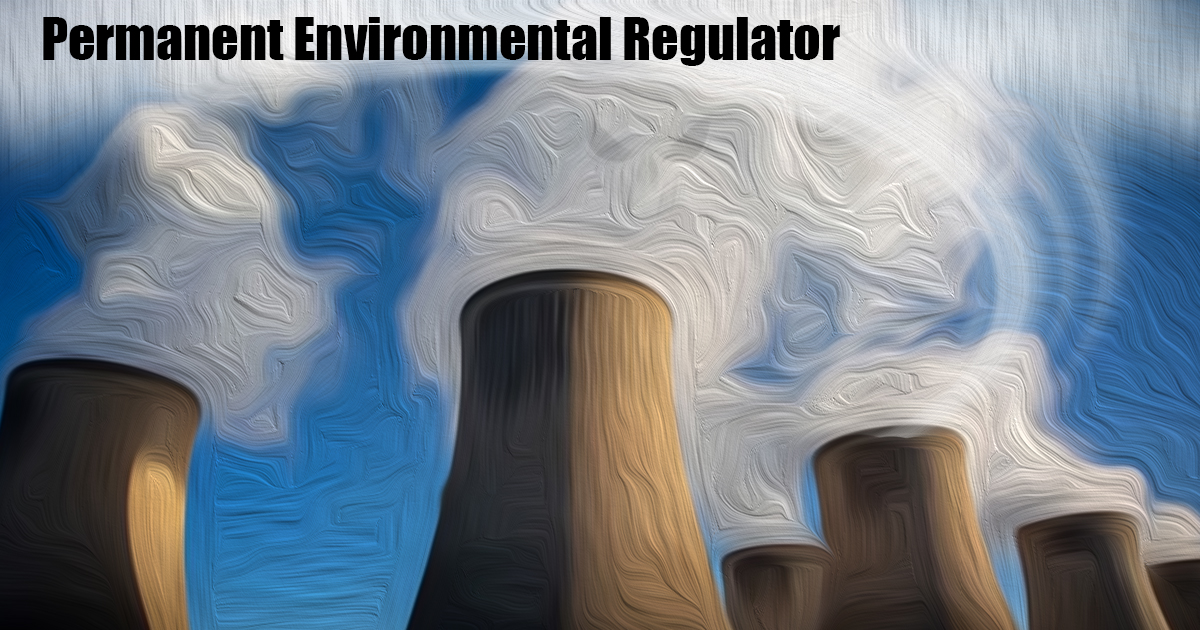
Context (TH): The Supreme Court is considering the establishment of a ‘permanent environmental regulator’ similar to regulatory bodies in the telecom (TRAI) and electricity (CERC) sectors.
Advantages of a Permanent Environmental Regulator
- A permanent environmental regulator would provide a centralized authority to oversee environmental governance.
- It could streamline and integrate the monitoring and management of environmental and climate-related issues, ensuring a more unified approach.
- Such a regulator would promote consistency by uniformly applying environmental policies across various sectors and regions.
- It could enhance operational efficiency by improving coordination among different environmental bodies and agencies.
- Establishing a dedicated regulator would increase accountability in managing environmental resources and enforcing regulations.
Drawbacks of a Permanent Environmental Regulator
- The introduction of a new regulatory body might result in overlapping responsibilities, adding another bureaucratic layer and potentially duplicating existing regulatory efforts.
- There could be resistance from current regulatory authorities and stakeholders, complicating the implementation process.
- A single regulator might lack the specialized expertise required for certain areas, which could reduce its effectiveness in handling complex environmental issues.
- The integration of various specialized regulatory bodies under one umbrella could create administrative complexities and coordination challenges.
- Setting up and maintaining such a regulator would likely require substantial financial resources, potentially diverting funds away from other critical environmental initiatives and programs.




